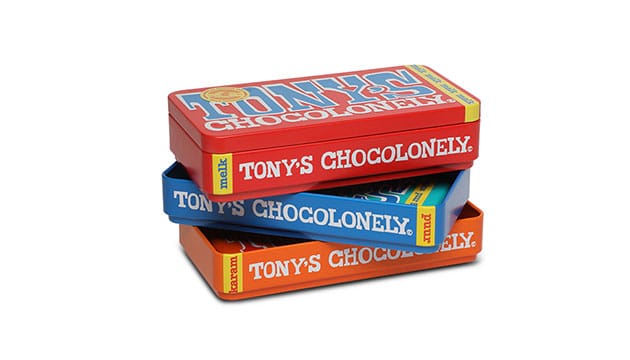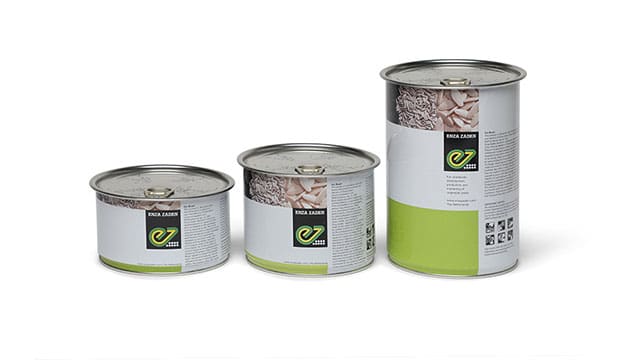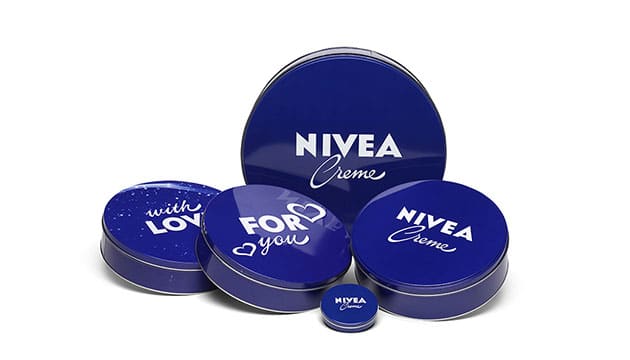How is tinplate made?
History
In 1860, canned food was common use. At that time, a hammer was used to strike the can at the desired thickness. Because this was very time-consuming, rolling machines were invented that could take over this process. They work faster and more accurately. Mechanical rollers can be used to produce tin more cheaply and can be used in many ways due to the low cost.
By applying special varnish types, corrosion phenomena could be avoided and the tin layer thickness, the tin iron alloy layer thickness and structure no longer determined the storage time. From 1875 onwards, almost all the tin-plated tin had wrought iron as its basic material. There were two types: charcoal iron (made with charcoal only) and coke iron (made with a mixture of charcoal and coke).
Tin can be either uncontaminated (the surface of which has not been treated or oiled) or tinned (the tin used for the coating has a purity of at least 99.75%), In England people talk about ‘black plate’ and the United States about ‘tin plate’.
Rolling, polishing and coating
The greatest progress of the 19th century is that steel displaced iron as the basic material for tinplate. Before, tin was always sent as sheets, but since 1958 more and more rolls have been delivered.
The raw material for a tin can packaging is a steel roll that varies in thickness from 2 to 3 mm. The final material, a carbon-polished steel strip, requires a thickness of 0.13 to 0.5 mm. To achieve the right thickness, two techniques are used: hot rolling(hot-rolling) and cold rolling (cold rolling). Hot rolling takes place when the steel can be moulded while it is being pressed.
Cold-rolled products have been introduced since 1960. With cold rolling, the steel is pressed and pulled out (tension). This material receives a second cold-roll reduction after annealing, resulting in a product with greater strength than normal single-cold-rolled material.
By polishing the steel, it becomes stronger, more malleable and easier to use. To improve the quality of the packaging and to enable decoration, surface finishing is important. The steel is coated with a tin or chrome coating and then supplied in rolls or plates (depending on the purpose).
Strong or formable
You can divide tin packaging into two groups: tin produced for strength or for formability. Very strong tin cans are suitable for foodstuffs, while the softer steel is more suitable for shaped cans such as the top and bottom of aerosol cans and beverage cans. Carbon is the most important part of steel and that influences the strength of the cans. Higher carbon content is usually combined with a higher manganese content. A lower degree of carbon benefits the formability and weldability of steel. The steel production process offers a variety of opportunities to produce packaging in various combinations of the degree of formability, stretchability and strength.


